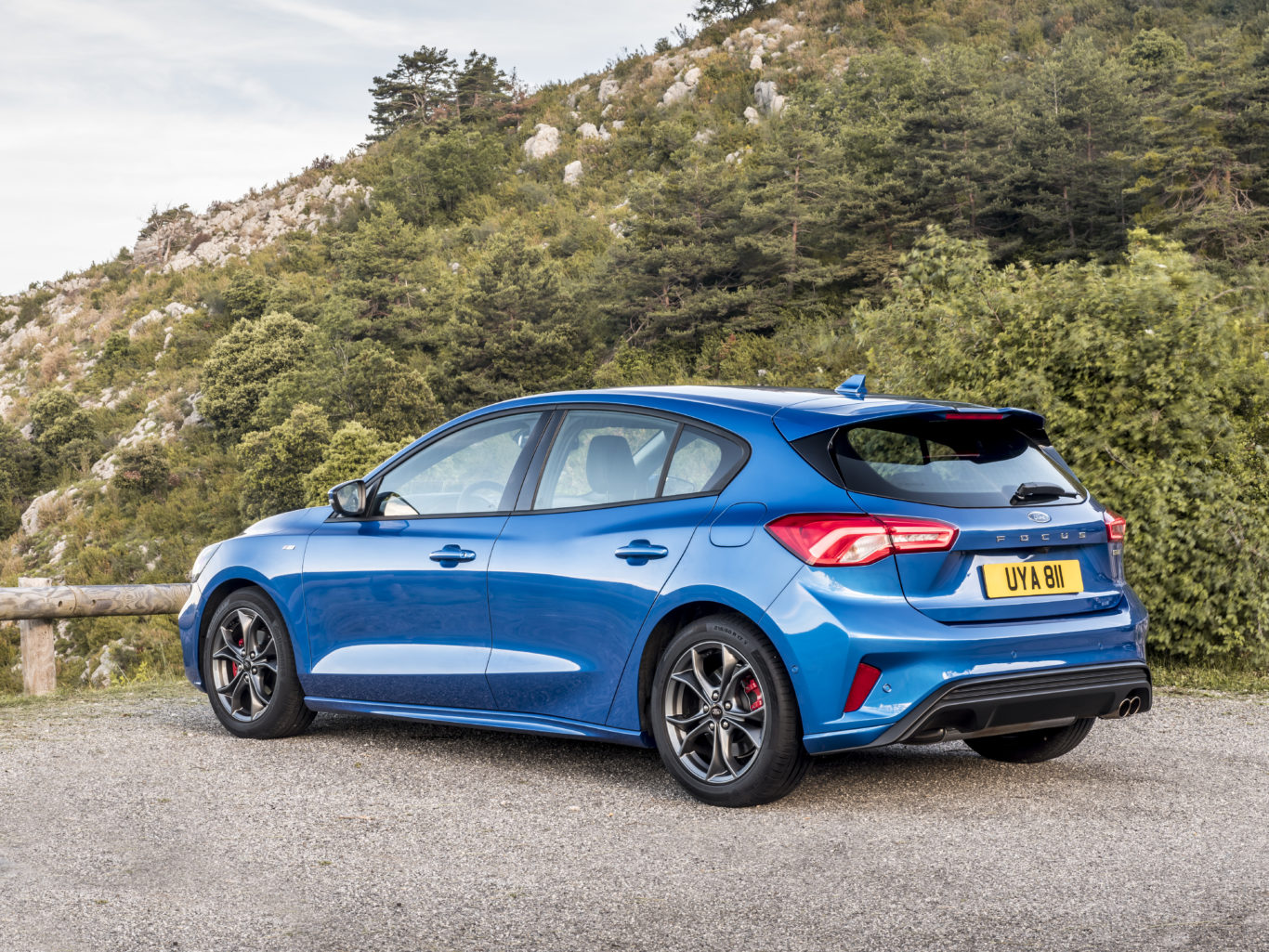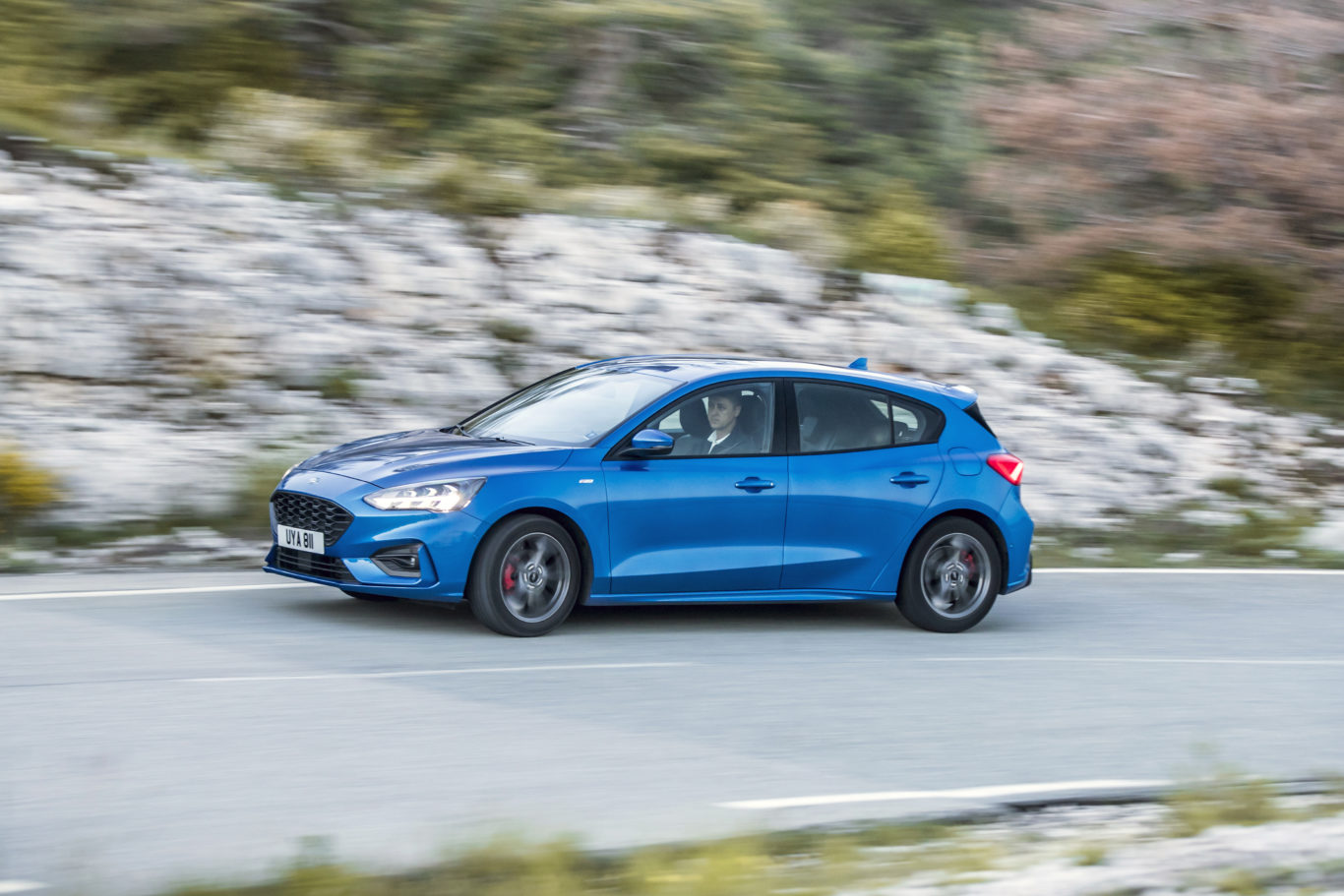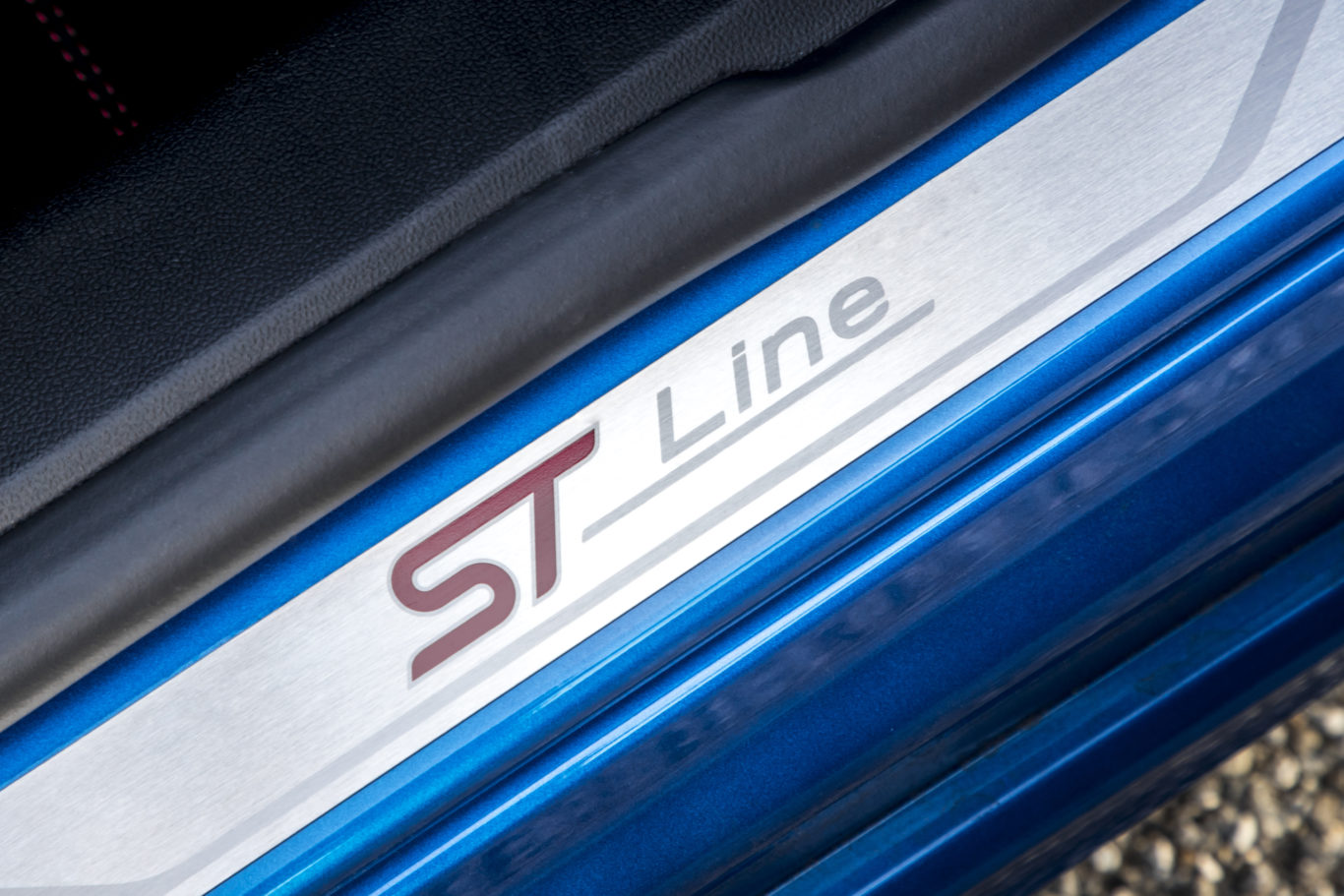UK Drive: Ford’s new Focus lives up to its predecessor’s reputation
The Ford Focus is a household name. Jack Evans has been out to see what the latest incarnation of the popular hatchback is like

What is it?
As one of the UK’s most popular cars of all time, the prospect of updating the Focus must have been a daunting one for Ford. However, it’s here, promising more technology and efficiency while continuing the car’s tradition of offering up an involving drive.
Although the number of rivals to the Focus is ever-increasing, this latest incarnation promises to be more than capable of fending off crucial opponents. We got behind the wheel of it to see how it copes in the UK.
What’s new?
The new Focus is accompanied by all manner of technology as well as mechanical upgrades over the previous car to help make it as rounded as possible. More powerful Focus models benefit from a fully independent suspension system, while lower-powered versions make do with a conventional torsion beam setup at the rear.

ST-Line models, like the one we’ve got today, benefit from a drop in ride height for better handling as well. There’s also the option of either a six-speed manual or eight-speed automatic gearbox – the latter of which is fitted to our test car.
What’s under the bonnet?
Our particular Focus is powered by a 1.5-litre turbocharged diesel engine linked to, as mentioned, an eight-speed automatic gearbox. It produces 118bhp along with 300Nm of torque, with the pair combining to push the Focus to 60mph in a respectable 10.3 seconds and on to a top speed of 119mph. Fuel economy is decent at a claimed 60.1mpg combined, while emissions of 123g/km CO2 are pretty much par for the course in this segment.
This engine is joined by a less powerful version, as well as a range-topping 2.0-litre diesel unit. In terms of petrol offerings, there’s the option of a 1.0-litre turbocharged engine in a variety of power outputs, as well as a 1.5-litre powertrain, too.
What’s it like to drive?
The previous-generation Focus delivered a driving experience that was far greater than its placement as a ‘regular’ hatchback would lead you to believe. This latest version, thankfully, delivers a similarly involving drive. The steering is well weighted, and although it exhibits some of the rubbery tendency to self-centre too easily that we’ve seen on other Ford vehicles, it’s accurate and makes for easy placement of the car.

The 1.5-litre diesel under the bonnet isn’t bad, either. Although it’s incredibly clattery when cold (but few diesels of this capacity aren’t), it quietens down when up to temperature and is surprisingly punchy when pushed. There’s some delay of power delivery, but we’d attribute this to the automatic ’box. The ride on this ST-Line version is a touch too jostly for us too; a smaller wheel size or the selection of standard suspension (rather than the lowered sports option) would be advisable to help remedy this.
How does it look?
There are few ‘regular’ cars we’ve seen so far this year that looked quite so good in the flesh as the Focus. Finished in Desert Island Blue, this is one brilliant-looking hatchback, with the addition of the dynamic styling touches accompanying the ST-Line specification only helping to bolster the car’s overall visual appeal.
Although those larger 18-inch alloy wheels do hamper the ride somewhat, they give the whole car a lot of presence, while the numerous cut lines and styling indents really do help create a special-looking car. It’s an impressive design, but one that perhaps may not age as well as previous generations – we will, of course, have to wait and see.
What’s it like inside?
The last incarnation of the Focus was let down by its interior towards the end of its lifespan, thanks to its lack of rival-matching technology and a distinctly low-rent overall feeling. The driving position was spot-on, but it just couldn’t quite deliver overall. This has been somewhat rectified in the new car, although not comprehensively so.

The excellent driving position remains, but the interior is still noticeably related to the older Focus – the main central screen is in a similar place, while the steering wheel’s plastic buttons have been kept in place too. It’s not a bad place to be, that’s for sure, but it’s not what you’d call inspiring. We’re not a huge fan of the gearbox’s rotary shifter either, although this is of course down to personal preference.
What’s the spec like?
ST-Line X-specification cars sit close to the top of the pile when it comes to trim levels, and as such benefit from a wealth of standard equipment. Chief of these is Ford’s latest SYNC3 infotainment system, which is by far the best the manufacturer has produced. It’s simple to operate and is reasonably responsive – if not quite as lightning quick as rival offerings.

You also get dual-zone air conditioning, heated front seats (of which the driver’s is power-adjustable) plus front and rear parking sensors. It’s a comprehensive amount of standard kit, although it does come at a price – ST-Line X cars start at £24,050, which is considerably more than the car’s standard £17,930 base price.
Verdict
The Focus triumphs once again in delivering a wonderfully communicative drive all wrapped up in a good-looking and well-made package. There are a few negatives – the ride and overall interior feel are two – but this is another brilliantly finished product from Ford. The diesel engine fitted to our test car will likely be the choice of long-distance drivers, although we’d argue that the petrols will be the ones to opt for – along with the manual ’box too.





